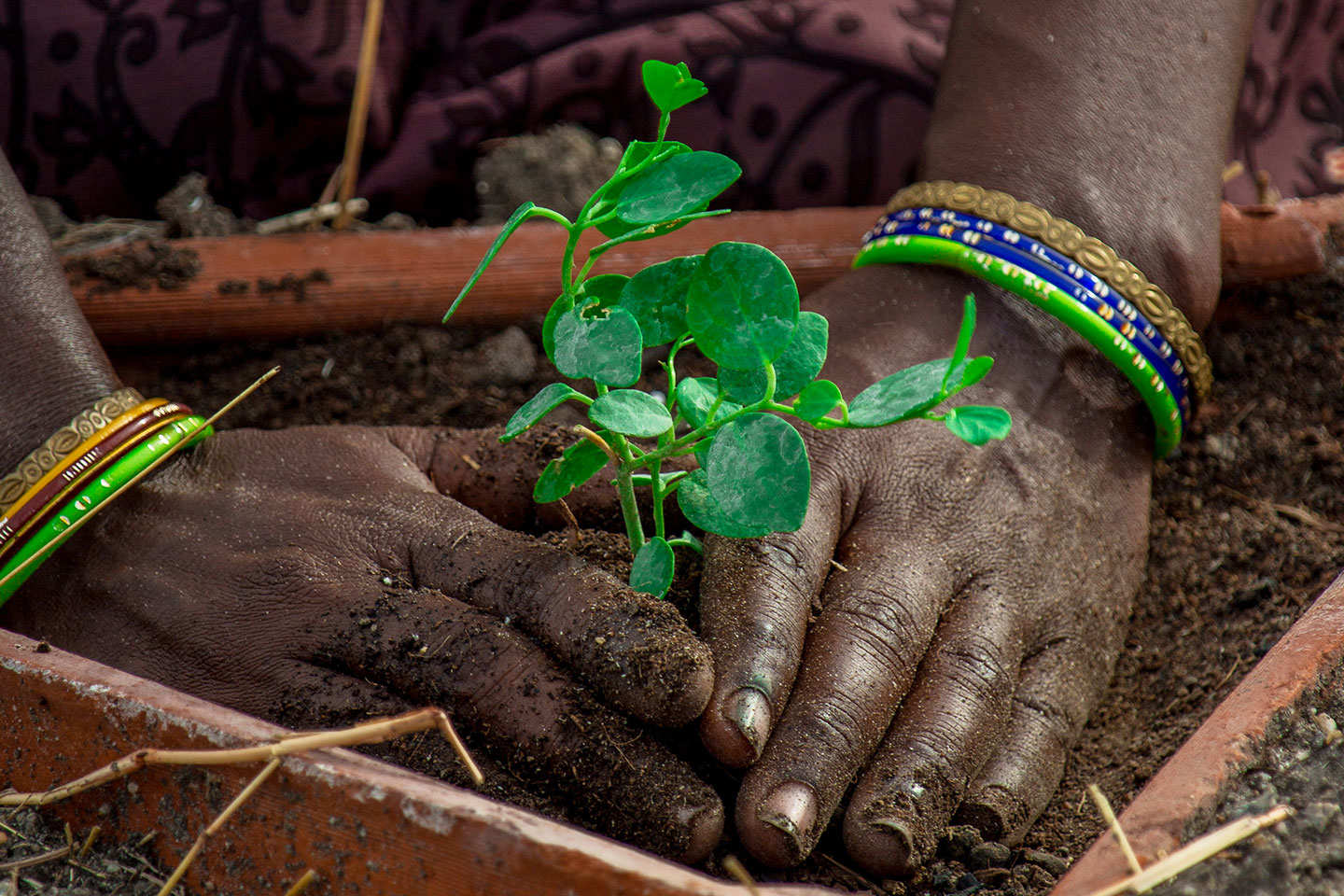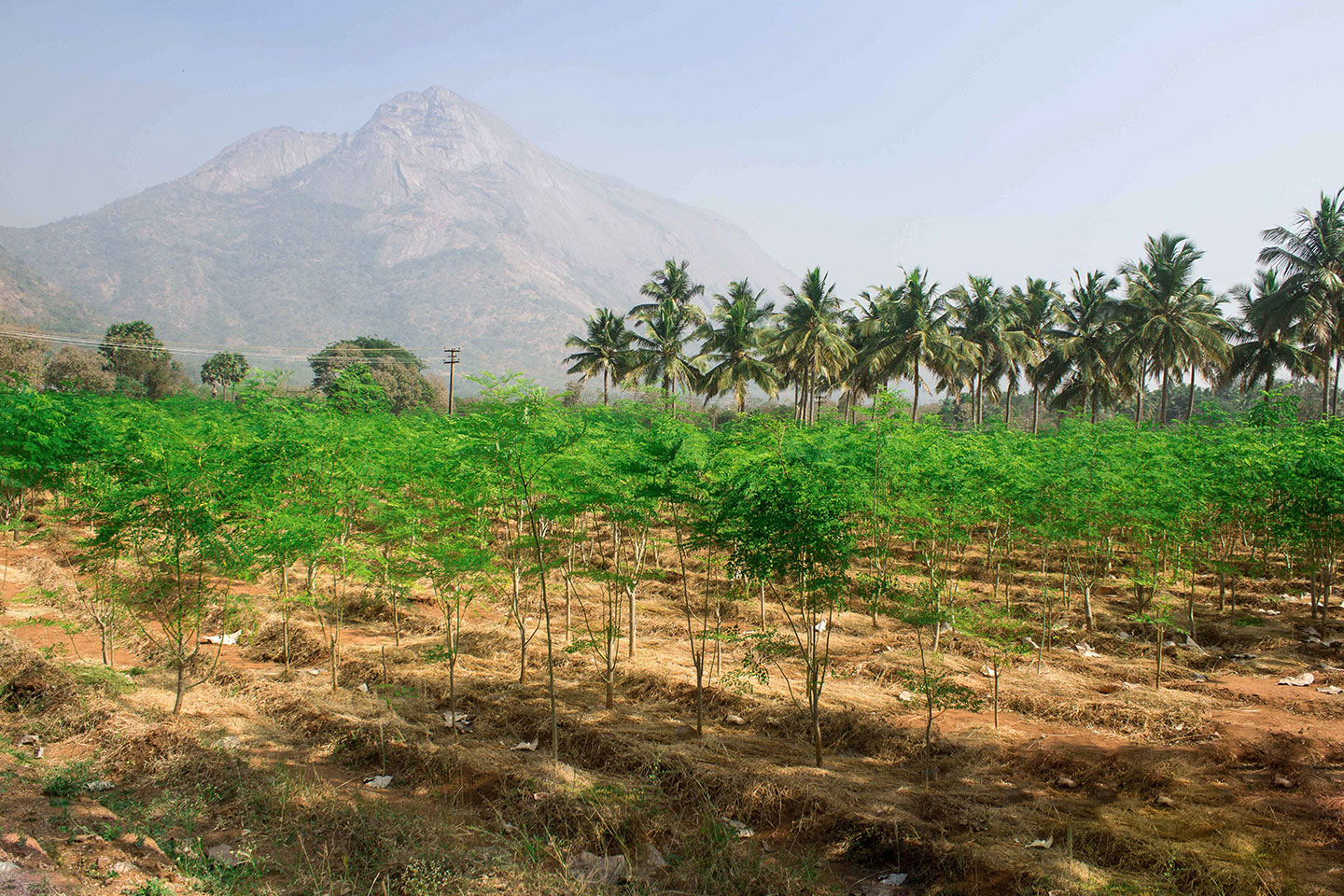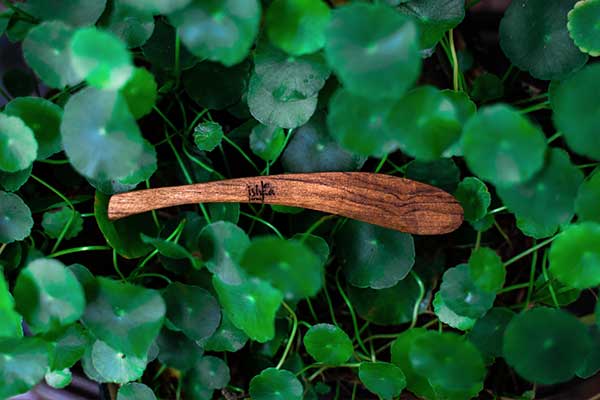Month: November 2021
Staying organic
In a bid to progress and prosper, humankind has adopted best-suited methods to achieve that goal in that particular time and place. Unfortunately, the significance and impact of such endeavours in the larger arc of time have either been ignored or just been unavailable.
This awareness prompts us to stay the course of organic management of the land and its resources, despite the myriad temptations to be otherwise. It would be far cheaper in monetary terms and less labour intensive to follow non-organic practices on a large commercial farm. Perhaps it is a foolhardy stand, but time will have to be the judge of that.
The challenges are primarily on two fronts:
- Weeds: Plastic mulching sheets offer a bit of respite from the weeds but not around the plant’s stems and not in the area between beds. The former has to be hand-picked, while the latter calls for year-round dedicated mechanical effort with brush cutters and tractors. The number of labour hours dedicated for this activity and hence passing this cost onto the harvested crop is where the issue is.
Consumers awareness of this issue is scant; information shared is also usually scarce. Weeds growing up along the stems of the saplings do grow faster and sturdier the plant itself and needs to be pulled out before they grow strong or their roots established along with the plant root. Weed killers we have found so far do not meet the requirements of an organic farm, and until the plants grow large enough (10-15 years from planting ), this will be a constant struggle. - Insect infestations: Depending on the season, the insect population varies; some of them are beneficial to the crop, some have to be considered pests as they eat the leaves of the plants and damage the crop. Depending on the species, insect traps and neem oil concoctions are used, but there are plenty of destructive species which do not have pheromone traps developed yet.
For now, at Ishka Farms, we operate with what sits best on our conscience; follow organic practices, not just for certification, but because such management is better for soil health and produces a delicious and nutritious crop that we are proud of. This approach oftentimes results in us having to share a part of our crop with the insect life that calls our farmlands home. Since we are all part of the same ecosystem, I trust that in the larger scheme of things, it will be a small price to pay for clean water and soil.
To plant a tree is to hope
While right at the outset, we had articulated our intention to green the barren land, not only with commercial crops but also with indigenous biodiverse plant life, and that journey has been interesting though not without challenges. It has taken us six years to figure out a rhythm for sourcing and planting saplings of trees and shrubs. At times it has been prudent to germinate saplings in our own nursery, and sometimes it has proved to be wiser to buy sturdy saplings. We now have a mix of indigenous trees, flowering plants and shrubs that are pleasing to the eye and help break the monotony of the commercial fields while also being a barrier crop between the fields.
So many things have been learnt on the ground- just because a particular tree is endemic to the region, it doesn’t mean it does well in our soil or acclimatises to the water available on our land. I woefully underestimated the length of care that a sapling would need once it was in the ground, the mulching watering and nutritional requirements. These requirements reflect not just the financial and economic outlay but also the allocation of other scant resources – labour, water and time-share of the one water tanker we possess. The goal is to have drip lines in place for afforestation too, which is a whole other can of worms; it calls for valves independent of what runs for the caper crop; it would have to extend into areas of the land that we haven’t cleared and prepped for planting yet. What’s working for the project, though, is the willingness of the on-ground team to put in the effort to make it happen. Seeing the results of the initial efforts now certainly has made the team more enthusiastic about afforestation plans. At the outset, it seemed to run on my constant nagging, whereas since 2019, it has been on the basis of action plans drawn up months before monsoon season commences.
While the afforestation initiative at Ishka Farms is our bit towards off-setting widespread environmental destruction that we see the world over, it is but a tiny step by one enterprise in the face of massive global environmental destruction that has taken place. More needs to be continuously done, and at Ishka, we will continue to do so in the belief that these tiny steps would count.
Our First Monsoon
When we think of rains in India, we always seem to picture the monsoon season; starting in June and lasting through till September, the bulk of the subcontinent receives a much-awaited respite from sweltering summer when the south-westerlies hit and drench the arid paddy fields, rivers, lakes, and reservoirs. Coastal Tamil Nadu, however, gets its share of precipitation only when the monsoon winds “retreat” to bring rains in October/November.
While monsoons fail frequently (the last 50 years have seen failures 14 times), retreating monsoons fail even more often. The small farmer in Thoothukudi ploughs and prepares the land for planting in late August; hope is his paramount inspiration. He selects crops (tuvar dal or pigeon pea, chilly peppers, and moong dal being three among regional favorites) that will not require abundant water, and at the same time, can survive waterlogging as once the rains fall, the clayey, black soil stays flooded for weeks.
The 25 acres of young moringa at Ishka looked lush and verdant in August 2014. We had designed the farm to receive irrigation from groundwater as the rains were not our main source for watering. Three consecutive years before 2014 had, in fact, seen no significant rains in these villages. But a huge, unpleasant surprise was coming up. The rains were unusually heavy this year, and the flooding was so severe that all access roads/paths to the farm were underwater for several weeks. Moringa being an arid tree, couldn’t handle this much drenching, and most bushes did not survive.
Once the water receded, there was more bad news. The tinctoria roots still embedded underground grew rapidly, nourished by the abundant rainwater. Weeding them was a military scale operation we were not prepared for. The weed grew taller than the moringa by far, and soon we realized we were fighting a losing battle. Our staff who accessed the farm by motorcycle were forced to wade through knee-deep slush to reach work. Workers from the village just couldn’t keep up with the weeding schedules as well.
Also, we got schooled big time on pest management! Grasshoppers and other insects lay eggs that lie buried in the soil, waiting for the right time to hatch. Once the rain falls, the eggs hatch and in a matter of days, the area is teeming with grasshoppers and bugs that love feasting on moringa leaves!
Lesson learnt. Way forward, we decided to remove the tinctoria roots, this time using the services of a giant JCB excavator that can delve deep and thorough in getting out their roots once and hopefully forever. Also, we used extensive plastic mulching on the plant beds. To keep out smaller weeds without using chemical pesticides was a bigger issue. The pests have posed their share of challenges. Luckily, we found suppliers of chemical-free pesticides.
Also, and more valuable to us in the long run, the villagers taught us to prepare our own organic pesticides using locally available ingredients. They willingly shared with us age-old formulas that have been in their families for generations. This we find extremely precious and endearing. Both moringa and capers are quite pest resistant and don’t require special pest-control protocols. However, the regional brown grasshopper variety (the locals call it vettukili) loves chomping on caper bushes, and timely spraying with homemade organic pesticide is the only reason the bushes survive and thrive as they do now.
Afforestation
Taking the community that we work in, forward along with us, has been the vision at Ishka Farms. We are delighted that our impact on the Community now stretches further than the village we operate in.
The wooden spreaders at Ishka Farms are handcrafted by Bikram Marak of North Garo Hills, Meghalaya. A school teacher by profession, this award winning sculpturer uses simple tools in his wood-crafting atelier to fashion both decorative as well as functional objects from Teak wood. The work commissioned by us enabled him to acquire machinery for the workshop and us to showcase his work with a daily use item. The branding on the spreaders was done by Kochi based Takshan Creatives, the entrepreneurial venture of Oorjja. Oorjja focuses on imparting skills to differently abled individuals to find careers and explore opportunities







